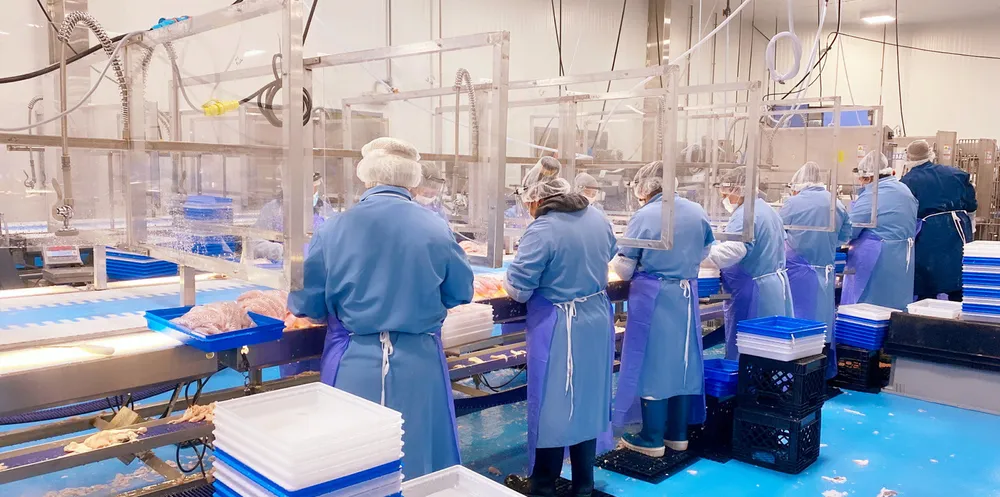Bregal-backed Blue Harvest eyes 'significant' groundfish purchase from $1 billion US government program
The Massachusetts delegation that lobbied the USDA cited challenges with the East Coast seafood industry fulfilling contracts under the Section 32 program.
